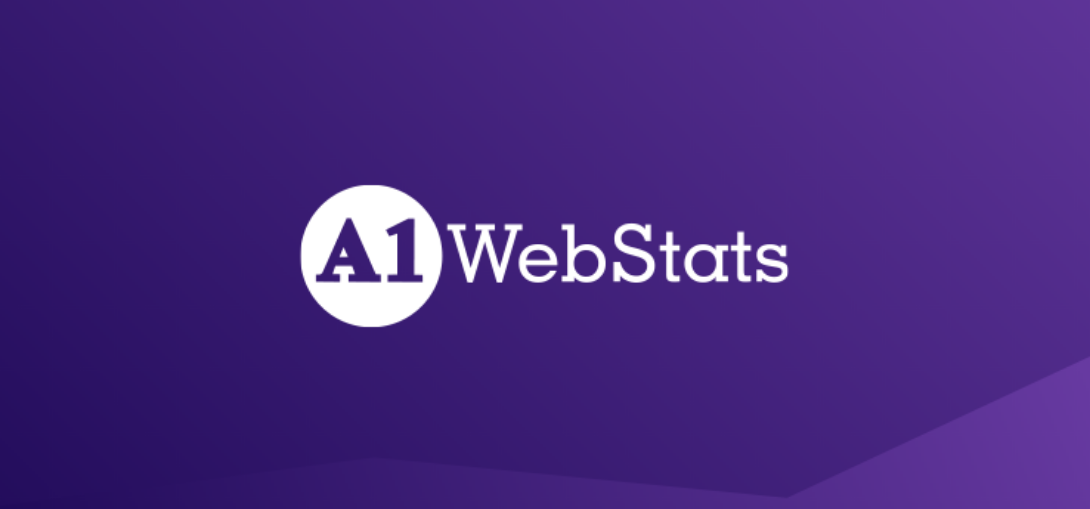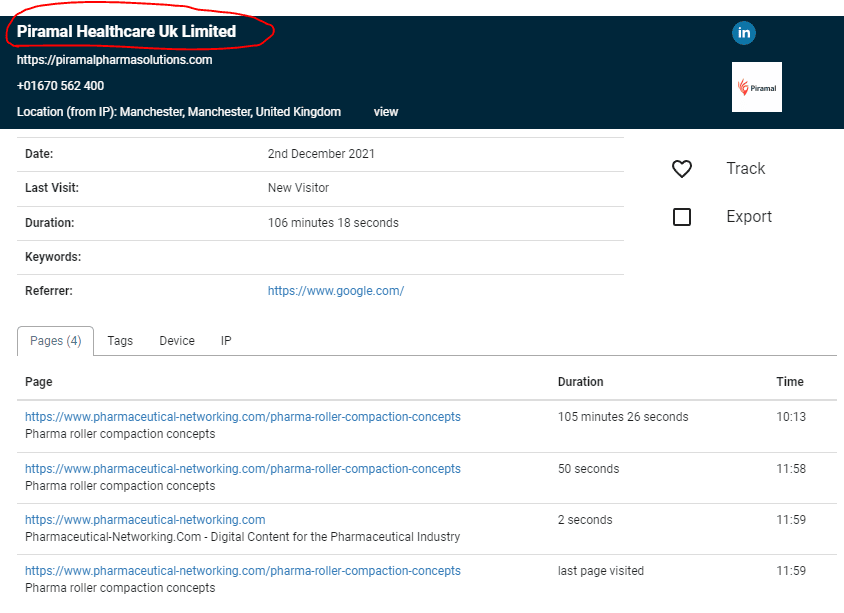
How much time should I spend analysing website visitors traffic?
There are huge numbers of people who search Google for phrases such as these:
- What’s a good number of website visitors?
- What is a good average time on page?
- Average time spent on a website 2021
The majority of those people will be using Google Analytics and most of them will be focusing in the wrong direction.
They are the second monkey from the image further down this page.
Spending time analysing website traffic
Most people would rather do almost anything else apart from spending much time analysing their website traffic.
Why?
Because it requires a certain type of mindset that either isn’t natural or appears to be boring.
There’s also a fear of not knowing how to do it properly.
You can try this experiment to see for yourself:
- List several tasks that you need to do within your business in the next week. Include ‘website traffic analysis’ as one of them.
- Put a ‘1’ next to all those you will do in the next day.
- Put a ‘2’ next to all those that you plan to diarise in for the days ahead.
- Repeat steps 2 and 3 each day.
Most people would find that ‘website traffic analysis’ keeps getting a ‘2’ and that other tasks get added to the list as priorities.
This is a big problem in most businesses and here’s why …
Revenue increases in line with analysis and refinements
The answer to ‘how much time should I spend on analysing website traffic?’ is summarised as this:
The more time you spend, the more you will see opportunities to improve your website and marketing. When you make those improvements you will get more enquiries and sales, leading to revenue increases.
If you don’t fully understand your website visitor patterns (and take actions to make improvements), then you are losing huge amounts of potential business from your website visitors.
Where are you on the evolutionary scale?
The image below will be familiar to most …
Here we’re using it to focus on evolution towards strong levels of website success.
The vast majority of businesses will fall into the first two categories below (when it comes to a focus on analysing website visitors traffic and benefiting from that analysis).
Lowest on the scale
These are the businesses that know very little about their website visitors.
They don’t have Google Analytics or any other form of basic website visitors analysis software.
They are usually the same businesses that complain about not making enough sales, when the answers could be in their website visitors data.
The basic analytics majority
These are businesses that have Google Analytics or another form of basic website visitors analysis software.
They may have it themselves or may have a provider (e.g. their web developer) who has set it up on their behalf.
These are the types of people who would ask questions such as these, so that they can (incorrectly) benchmark themselves against them:
- What’s the average time spent on a website?
- What is a good average time on page?
- What’s a good number of website visitors?
They are the type of people who would look at a Google Analytics statistics like this and then compare those to what another website has told them is an average:
These are also the type of people who obsess about increasing levels of website visitors to certain parts of their websites (e.g. product or service pages), instead of focusing on how they can increase enquiries from the website traffic that they already have.
It’s also common for the senior management in businesses needing to be appeased with website visitors data.
As long as the monthly reports (typically via Google Analytics) are showing increases in visitors to certain parts of a website, senior management don’t often choose to dig deeper than that.
They (the senior management) are the problem here because they’re not asking more relevant questions of those who supply them with data.
Here’s the typical scenario of questions that get asked by senior management:
- How many people got to website page A in the last month?
- How many enquiries/sales did we get from those visitors to page A?
And then here’s a question they should be asking, which would then result in awareness that their website visitors analytics solution is not strong enough:
- Last month, how many website visitors got to page A AND:
- Were from countries X, Y, or Z
- Clicked through to any of the case studies.
- How many of those page A visitors (from countries X, Y, or Z) DIDN’T click through to any of the case studies?
Intelligent questions such as those help to remove ‘noise’ from website visitors data.
Here are two examples of looking at the same website visitors and enquiries data:
The unfocused example
- 100 visitors to page A
- 2 enquiries gained
- That equals a 2% success rate
In that example, the business is comparing enquiries to the overall number of visitors to the website page.
The focused example
- 100 visitors to page A
- 60 were from countries X, Y, or Z
- 2 enquiries gained
- That equals a 3.3% success rate
In that second example, the ‘noise’ has been removed (the 40 visitors to page A who weren’t from their target countries), leaving 60. The same 2 enquiries were gained and so the real success rate is 3.3% instead of the 2% view created by analysing purely the overall website visitors to that page.
Some businesses use Google Analytics (or similar) in a bit more detail but they are still missing out because Google Analytics doesn’t allow you to go to the depths needed (as will be covered further down).
Any business using only Google Analytics is 100% guaranteed to be losing substantial opportunities from the website visitors data that could be available to them.
Because it’s free, Google Analytics is an easy choice for businesses to make.
The problem though is that free is actually losing the business sales.
The quick fix but not a silver bullet
This is going to sound strange coming from a business that supplies software that provides this as part of our service, but it’ll make sense when you read onto the section ‘Fully standing on two feet’ …
A1WebStats (and others) provide information about companies that visit websites. Here’s an example showing a company that visited a website and what they looked at page by page:
A business that is capitalising on such information (by following up on the companies that visit their website) is using website visitors data in a positive way.
If they didn’t know the names of companies visiting their website but their competitors DID have such information (and reached out to those companies), then there’s the potential to be losing plenty of new business opportunities.
Many see this type of information as being some sort of silver bullet, but it’s just a quick fix that helps in some ways.
It certainly doesn’t solve the more important question:
How do we get more people making contact with us after visiting our website?
The video below shows you that 17 out of 793 people to a website page could be identified as companies. The other 776 couldn’t be identified because they were any of:
- People working from locations that can’t be linked to a company name.
- People working from home.
- People using a mobile device not connected to the company network.
The short-sighted approach to the total 793 visitors to that website page would be:
“Just follow up on the identifiable companies that visited that page.”
The more intelligent approach to the data would be:
- 17 visitors could be identified as businesses, so follow up with them.
- Many of those businesses didn’t make contact with us, so what’s stopping them?
- There were also another 776 visitors to that website page, who couldn’t be identified as companies but were highly likely to be ‘company people’.
- What stopped those 776 visitors from making contacting with us?
When the intelligent approach is taken, you evolve to fully standing on two feet …
Fully standing on two feet
This is where our A1WebStats software fits within the market of website visitors analysis systems.
It also puts us above all our competitors (who focus purely on identifying companies that visited a website, but who don’t focus on all the other website visitors).
Businesses that use website visitors intelligently are those that start with the end objective in mind and let the data point the way forwards.
Here is the recommended process:
- Choose a product or service (that you want to get more enquiries about).
- Identify the levels of website visitors to that page (during a defined time period – typically a calendar month).
- Remove ‘noise’ visitors (e.g. people from countries you don’t serve, competitors, internal staff visits, and those who want to sell to you).
- Compare the remaining visitors to the levels of enquiries/sales gained. Express that as a percentage success rate.
- Follow up with any that could be identified as companies.
- Analyse the visitors to that page in more detail, including which visitors got to important pages you’d expect them to get to after that page.
- Pick out the negative data, showing problems with website visitor conversion paths. These are the people who you want more enquiries from.
- Fix problems within the website and marketing.
This video takes you through an example of that process above:
If you would like any help with this, taking a free 30 day trial of A1WebStats takes you through the process at no cost to you, leaving you with valuable insights to capitalise on. Just click on the link at the top of this page to sign up for your trial.
Digging deeper with heatmapping
Nearing the highest level of website success evolution, this is where you can achieve more by taking a more granular view of your data.
A1WebStats will allow you to view website visitor patterns for any scenario you can think of, and you can act on that information.
Heatmapping software allows you to go even deeper.
There are numerous heatmapping software providers in the market and although most have a free tier, reality is that you probably need the paid versions of those packages.
There is though a totally free solution in Microsoft Clarity, which will provide you with this level of deeper analysis.
Although heatmapping systems are all similar, Microsoft Clarity will show you the most important information:
- How far website visitors scrolled through specific pages of your website.
- What people clicked on within individual website pages.
- Individual video run throughs of each visitor who got to specific website pages.
The downside is that it’s not easy to ask Clarity to focus on only one particular pattern of website visitor (e.g. visitors who landed on page X, got to page Y, and didn’t get to page Z).
Flipping that on its head, A1WebStats does allow you to identify a particular pattern, but doesn’t have a way to then heatmap analyse those visitors.
This video gives you a very quick introduction to Microsoft Clarity, focusing on one page of a website that would like more enquiries and interaction:
.
Striding to success
And here we are, fully evolved.
Businesses at this stage will be fully familiar with tracking website visitor journeys via analytics and heatmapping.
But they want more.
This is the right view to have because there are ALWAYS opportunities to gain more results from website visitors.
These are the businesses that would identify a website page that’s not converting (to enquiries/sales/clicks to other pages) at the desired rate, and would adopt strategies including the following …
Split testing
This involves taking an existing website page and duplicating it before making some alterations to the new version.
Website traffic is then directed equally to both versions of the website page (e.g. via Google Ads) and the success of each variation of the page is compared.
When there is a winner (normally the page that gets more enquiries/sales/interactions with content on the page), that then becomes the favoured page.
The process then starts again with the new favoured page split tested with another variation where something else is tweaked.
It’s time-consuming, can have some associated costs, but ultimately helps a business to get to the point where the optimum level of website visitors will interact with the page in ways that they want them to.
User experience testing
This has numerous flavours but a common example is to utilise real people who go to a website and interact with it. Those people can be local or remote and there are different types of technology used to track how those people engage with the website.
The outcomes from this testing are enhancements that can be made to the website pages.
Recommendations on analysing website traffic
If you are doing nothing then it may be tempting to try simple analytics such as the free Google Analytics.
That’s OK if you’re looking for very basic website visitors information, but it won’t help you much in increasing your website enquiry levels.
If you would welcome the free help, we can certainly assist in this way, at no cost to you:
- Choose a website page that isn’t gaining you enough enquiries or sales.
- Ensure that senior management are committed to getting higher results from visitors to that website page.
- Set up a free trial of A1WebStats and wait until enough website visitors data has been recorded. Two weeks is typically enough.
- Have a free Zoom call with us, focused on the website page that isn’t gaining you enough enquiries or sales.
- Using your A1WebStats data collected, we will show you what the data is showing about visitors to that part of your website.
- The information will include our recommendations on how you can gain more enquiries from future website visitors.
- You can choose whether or not to implement those recommendations. Many will involve no cost but some may involve you getting a website developer to make some changes.
- You benefit from the changes.
Why do we do that for free?
Because some decide to continue using the A1WebStats system ongoing after the free trial, continuing the focus on increasing results from website visitors to various parts of their website.
For those that don’t continue using A1WebStats after the free trial and recommendations, we’ve still achieved our objective, which is to help businesses to gain more from their websites.









Leave a Reply